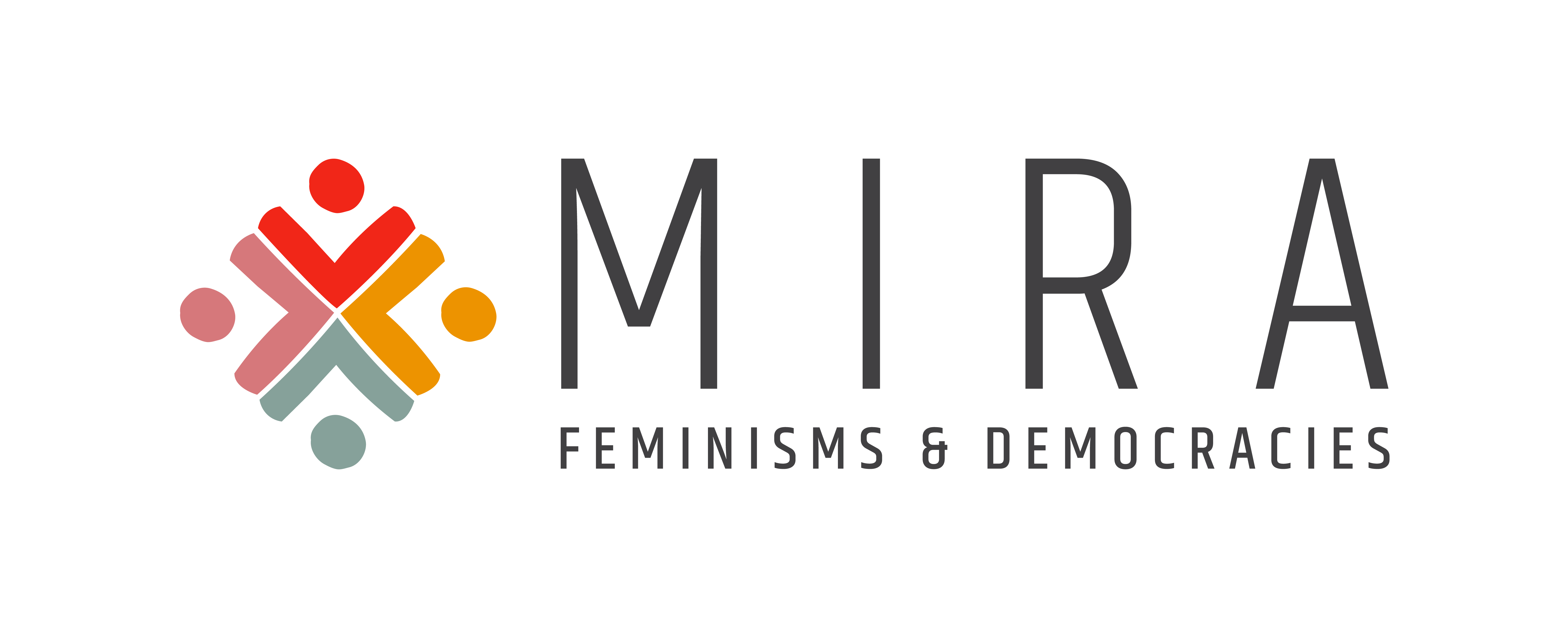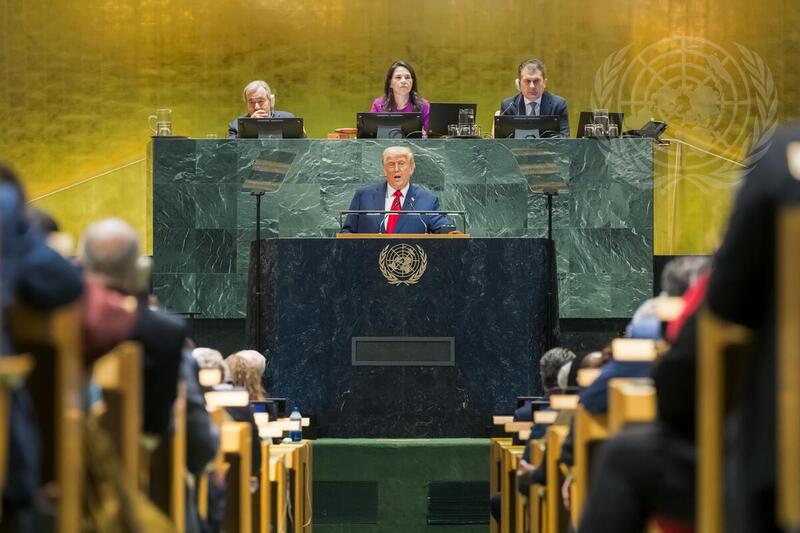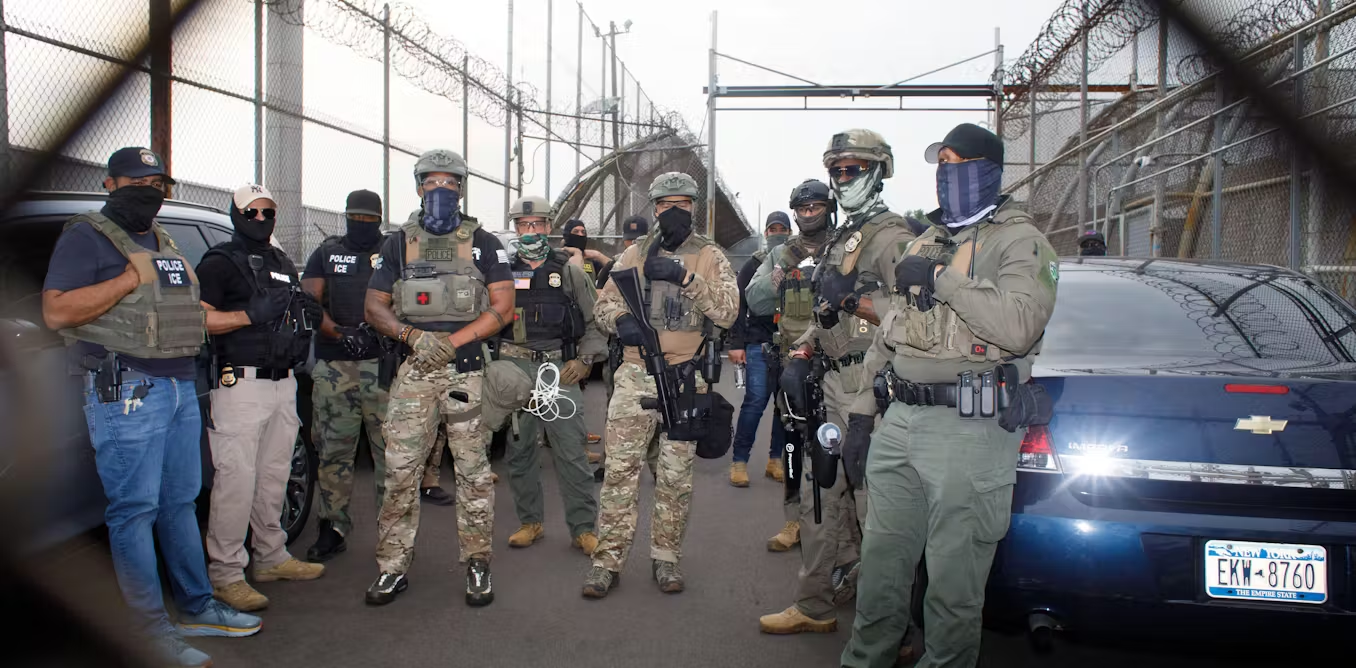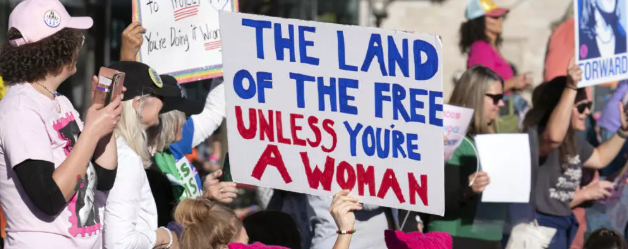After 17 years at the helm of Latin America’s largest source of development financing, the President of the Inter-American Development Bank (IDB) is stepping down. Enrique Iglesias is slated to pass the reins to his successor in September. Like the recent fight over the leadership position at the Organization of American States, this contest promises to be a long and arduous process of political negotiation. As the United States attempts to maintain its traditionally hegemonic role in Latin America, Brazil is more boldly gaining some of that ground. And with annual lending to Latin American countries surpassing $8 billion annually, the IDB has significant influence over the region’s economies.
The candidates are already surfacing. The most likely contenders include Joao Sayad, currently an IDB vice president and Brazil’s choice—and Luis Alberto Moreno, the Colombian ambassador to the United States—most likely to be backed by the United States. All the candidates floated so far are men. All have backgrounds in traditional macroeconomics and government. None of them are experts in sustainable development, even though the IDB’s mission, in theory, is to alleviate poverty and achieve sustainable development in Latin America.
Iglesias leaves a mixed legacy. Little has changed at the IDB since he took its helm in 1988 in terms of its development vision. Ten years after being mandated by the governments that fund it to make environmental protection a more central focus, the IDB has failed to update the environmental guidelines it adopted in 1979. Similarly, although IDB financing is increasingly going to large infrastructure projects that have direct impacts on indigenous populations, the bank continues to lack an explicit policy in regards to Latin America’s many indigenous peoples.1
Washington Consensus
Following on the heels of the 1990s neo-liberalist fad commonly called “the
Washington Consensus,” the IDB’s main contribution to the region
has been assisting Latin American governments in privatizing profitable state
industries, opening public service sectors to mainly foreign corporations,
waving the free-trade flag, and promoting economic and infrastructure integration.
Currently, the bank’s most touted projects are Plan Puebla Panama (PPP)
and the South American Infrastructure Integration Initiative (IIRSA). Their
main components are pipelines, roads, dams, electric interconnection systems,
and other large infrastructure projects with high environmental and social
impacts for habitats and communities in their paths.
Since the establishment of the IDB’s Private Sector Department (PRI)
in the early 1990s, the bank has increasingly shifted its lending from the
public to the private sector. Consequently, the nature of the projects that
the IDB is financing is also shifting from public services such as health and
education, to large infrastructure such as roads and pipelines. In 1992, the
IDB’s private sector financing was $1.4 million, while in 2004, that
figure grew to $76.9 million.
Many of the most controversial projects in Latin America have been financed
by the IDB during Iglesias’ leadership. The Yacyretá dam on the
Argentina-Paraguay border has gone through two claims at the IDB’s Independent
Inspection Mechanism (IIM), yet the project continues to be riddled with problems
that have yet to be resolved. The Caña Brava hydroelectric dam in Brazil
was also taken to the IIM, with similar results.
Possibly the most polemic project that the IDB has financed in recent years
is the Camisea gas pipeline project in Peru. While ignoring the concerns of
many of the affected communities as well as international environmental and
human rights organizations, the IDB approved the project when construction
of the pipeline was almost completed. This gave the bank little leverage to
make significant changes to the project, and limited the ability of communities
to negotiate better conditions with the operators and with the government.
The pipeline opened an area of extreme biodiversity that was previously inaccessible
and protected by natural barriers. A majority of the gas from Camisea is to
be exported to Mexico and the United States, and won’t provide energy
to poor Peruvians.
Civil Society Excluded
Given the impact of the IDB’s projects in the region, many citizens’ groups
have devoted significant energy and resources in efforts to monitor its activities.
Criticism of the Bank from civil society has been less than welcome. Although
Iglesias has been willing to meet with non-governmental organizations and other
citizens’ groups, the results of this engagement have been minimal. In
2003, when the IDB was undergoing its required review of the Camisea project,
Iglesias agreed to meet with members of civil society who had concerns about
the project’s numerous environmental and social impacts.
At a breakfast meeting during the IDB’s annual meeting of the Board
of Governors in Milan, Italy in 2003, Iglesias acknowledged that there were
problems with the project and committed to ensuring that at the very minimum
the IDB would develop a policy with regards to indigenous people. Although
the process of drafting the policy has been initiated, the Camisea project
was approved by the Bank in 2004, without any safeguards that might ensure
that the affected populations were protected.
According to IDB policy, the bank has the obligation to consult with civil
society and particularly with affected communities prior to approving high-impact
projects. It is required to consult with stakeholders before adopting the bank’s
operational and sector strategies,2 and
has also committed to holding consultations on several of their new policies.
In practice, however, the bank’s consultation processes are little more
than a rubber-stamping exercise. The IDB controls every aspect of the process.
Members of the bank’s staff select those who will participate in the
consultations, and normally do not disclose the names of those who have been
invited prior to the meetings. This makes coordination and preparation among
participants in advance difficult. Relevant documentation for the consultation
is not always provided in a timely manner and in the appropriate language.
During the consultations for Camisea, many of the affected communities did
not receive project documents until the day before the meeting. Additionally,
the bank does not provide assistance to stakeholders to review and understand
often technical documents, such as environmental impact assessments, and other
related materials. Finally, the IDB’s consultations of affected communities
often take place after many important aspects of the project have already been
decided, such as project location and design.
In the case of the Camisea project, construction was begun before communities
had a chance to provide any input, thus negating the ability of those affected
to make significant changes or to reject the project altogether.
The IDB has also neglected to extend decision-making powers to Latin American
and Caribbean legislators. IDB financing is negotiated between the bank and
the executive branch of government. Most countries’ congresses and legislative
assemblies have no say in the programs and projects that the IDB finances in
their countries. The legislative bodies of four countries in Latin America
have the ability to approve IDB loans, eight can approve and ratify, and the
rest have no oversight powers at all.
The structure of decision making within the bank itself is highly undemocratic.
The Board of Executive Directors votes on IDB policy and approves project financing.
The voting powers of each of the member states are determined by the amount
of capital the country contributes to the bank’s coffers. The United
States, with a 30% stake, has undue influence over the bank’s direction.
The borrowing members together hold 50.8% of the voting power; however, there
is a potential conflict of interest in the fact that the same people who are
voting for financing are the ones requesting it.
The Next President
Whoever takes over the IDB after Iglesias steps down has a significant amount
of work to do to ensure that the bank fulfills its mission of poverty alleviation
and sustainable development in Latin America. He or she will need to ensure
that the IDB isn’t lending for the sake of lending and adding to the
debt burden of already cash-strapped countries. Instead, the projects the bank
finances must have a positive effect on the people of Latin America, especially
the poorest.
Within the bank, the next president will need to ensure that the IDB adopts
and adheres to strong environmental guidelines that will prevent projects that
do more harm than good from acquiring IDB financing. Likewise, he or she must
guarantee that the policy on indigenous peoples that is approved has the direct
effect of protecting indigenous peoples, and raising their standard of living
without destroying their living environment. The next president must conduct
an assessment of the IDB’s past activities to reevaluate its current
direction and to set a new one whose only purpose is the direct betterment
of the poor.
Outside the bank, the next president must commit to promoting democratic governance
and respecting the will of the people, even if that may result in a rejection
of the bank’s own ideas. He or she must require approval from the representative
branches of governments for IDB programs and activities. All IDB projects must
be reviewed and approved by the congress or legislative assembly of the implementing
country. And the bank should eliminate the grace period that it extends on
new loans, since this promotes irresponsible borrowing and the potential of
using IDB financing for political interests.
During his tenure, Iglesias enabled the bank to do business as usual despite
strong evidence that the bank’s programs were not successful at bringing
Latin Americans out of poverty. The next president must make long-overdue changes
if the IDB is to survive as a development institution. The people of Latin
America have shown time and time again that when traditional institutions aren’t
working for them, they are not afraid to replace them.
End Notes
- The IDB’s Eighth Replenishment
took place in 1994. The IDB’s environment department is in the process
of drafting a new Environment and Safeguards policy, which is slated to go
to the Board for approval sometime this year. The Bank’s indigenous people’s
unit is also in the process of drafting the Bank’s first Policy on Indigenous
Peoples, which will also be adopted this year. It is unclear whether either
of these policies will be completed and passed by the Board before Iglesias’ departure. - The IDB has general operational strategies
and sector strategies. They are required to hold public consultations when
changing these. They also have policies, which guide the bank staff on how
to implement projects. These do not have the same consultation requirements.
As a response to pressure from civil society groups, the bank agreed to hold
public consultations on the new environment policy and the indigenous people’s
policy.



